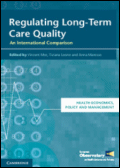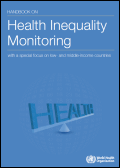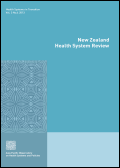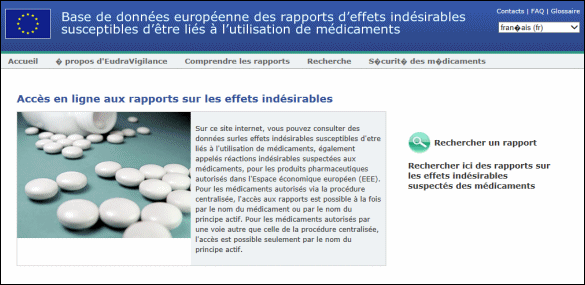 SELECTED FOR YOU... JUNE 2014:
SELECTED FOR YOU... JUNE 2014:
 books of the month
books of the month
 sites of the month
sites of the month
 watch on health economics
watch on health economics
All the Selected for you
BOOKS
Regulating long-term care quality : an international comparison.
Mor V. / éd., Leone T. / éd., Maresso A. / éd.
Cambridge : Cambridge University Press, 2014
The number of elderly people relying on formal long-term care services is dramatically increasing year after year, and the challenge of ensuring the quality and financial stability of care provision is one faced by governments in both the developed and developing world. This edited book is the first to provide a comprehensive international survey of long-term care provision and regulation, built around a series of case studies from Europe, North America and Asia. The analytical framework allows the different approaches that countries have adopted to be compared side by side and readers are encouraged to consider which quality assurance approaches might best meet their own country's needs. Wider issues underpinning the need to regulate the quality of long-term care are also discussed. This timely book is a valuable resource for policymakers working in the health care sector, researchers and students taking graduate courses on health policy and management (4e de couverture).
Handbook on health inequality monitoring: with a special focus on low- and middle-income countries.
Organisation Mondiale de la Santé. (O.M.S.). Genève. CHE
Genève : OMS, 2013
The Handbook on health inequality monitoring: with a special focus on low- and middle-income countries is a userfriendly resource, developed to help countries establish and strengthen health inequality monitoring practices. The handbook elaborates on the steps of health inequality monitoring, including selecting relevant health indicators and equity stratifiers, obtaining data, analysing data, reporting results and implementing changes. Throughout the handbook, examples from low- and middle-income countries are presented to illustrate how concepts are relevant and applied in real-world situations; informative text boxes provide the context to better understand the complexities of the subject. The final section of the handbook presents an expanded example of national-level health inequality monitoring of reproductive, maternal and child health.
New Zealand Health System Review.
Cumming J., McDonald J., Barr C. et al.
Asia Pacific Observatory on Health Systems and Policies. WHO Office for the Western Pacific Region. Manilla. PHL. 2013
The second HiT for New Zealand updates the 2001 review produced by the European Observatory on Health Systems and Policies, and shows a health system in continual evolution. New Zealand has a predominantly taxfunded health system, providing universal coverage. The population enjoys high health status overall, but with significant inequalities in Maori and Pacific health. Since the 1980s, there have been five major health system reforms. Currently, a central Ministry of Health (MOH) oversees the health system, while 20 District Health Boards are responsible for planning and funding health services for their geographical areas. There are no user charges for inpatient or outpatient services in publicly owned hospitals. Primary health care (PHC) is provided through Primary Health Organisations (presently 36) that receive capitation funding for their enrolled populations, and work with general practices and other providers to deliver comprehensive PHC in the community. Patients may pay user fees for PHC services, although most children under six years of age pay no fees. The Pharmaceutical Management Agency (PHARMAC) manages the New Zealand Pharmaceutical Schedule and negotiates the purchase of drugs from suppliers, successfully controlling supply-side expenditure. A recently reformed National Health Committee is now responsible for strengthening assessment of new technologies and services to promote the delivery of a costeffective mix of services in New Zealand. The Accident Compensation Corporation (ACC) is a comprehensive, social insurance, no-fault, personal injury scheme which funds treatment, rehabilitation and compensation for people who are injured in New Zealand. It sits alongside the tax-funded health system, and can fund a wider range of services, raising concerns over equity of access between those whose health condition is due to illness and those receiving services because of accidents. Current challenges for the health system include reducing inequalities in health, managing noncommunicable diseases and chronic conditions, reducing waiting times, improving productivity, and ensuring greater integration and coordination of services within and between primary and secondary care, and intersectorally with other social services.
SITES OF THE MONTH
European Database of suspected adverse drug reaction report
www.adrreports.eu/FR/index.html
Presentation
On this website you can view data on suspected side-effects also known as suspected adverse drug reactions for authorised medicines in the European Economic Area (EEA). This data is presented in a format called a web report. Currently the data only relates to medicines approved through the centralised authorisation procedure.




